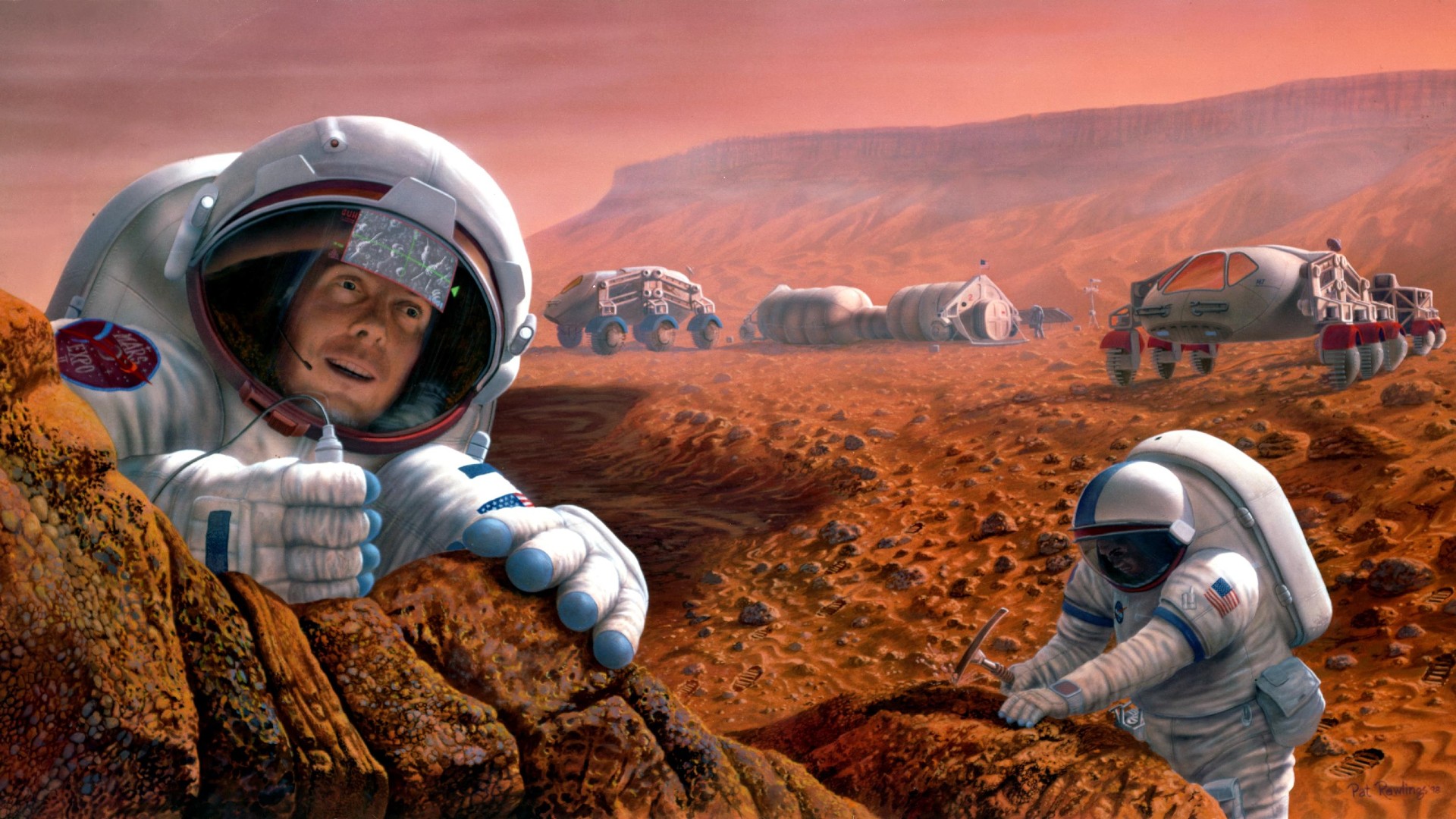
The future of Mars exploration will be greatly enhanced by humans that make the sojourn to the Red Planet. The work that could be performed by astronaut crews on that distant world would far outstrip what mechanized Mars machinery can attain - but certainly at a far greater cost.
To that end, NASA is blueprinting a moon-to-Mars strategy that identifies science as one of three pillars upon which the agency's quest for a sustained human exploration throughout the solar system is built. What's now being plotting out is the architecture for achieving that goal.
NASA moon-to-Mars architecture workshops are being held later this month, hosted by the Space Studies Board of the National Academies. According to a statement by Nujoud Merancy, Deputy Associate Administrator for NASA's Strategy and Architecture Office within the Exploration Systems Development Mission Directorate, the space agency is searching for views on science and technology investments that can help lead to a sustainable human return to the moon and dispatching crews to Mars.
Related: NASA establishes 'Moon to Mars' office to help get astronauts to Red Planet
"Our partnerships with industry, academia, and the international community are helping NASA define an architecture that empowers us to boldly explore the moon, Mars, and beyond," Merancy explains.
Tale of the tiger team
Arguably, the science conducted on the surface of Mars by astronauts will have the most impact on the scope and scale of that architecture. Therefore, deciding on science priorities warrant early attention.
Recent history demonstrates the issue of shoe-horning in science tasks for astronauts too late.
That is a central message from a recent study for the Mars Exploration Program Analysis Group (MEPAG), one that suggests how and where on the Red Planet humans can maximize exploration and science output.
A MEPAG Tiger Team on Mars Human-Mission Science Objectives was led by Bruce Jakosky, a senior research scientist at the University of Colorado's Laboratory for Atmospheric and Space Physics in Boulder, Colorado. Their report was transmitted to NASA late last year.
Proactive, not reactive
"I think the real value of this report is if we can get NASA to pay attention," Jakosky told Space.com in an exclusive interview. "We see a lot of work going on in planning the architecture for human Mars missions. But science isn't on the table at all. My goal as chair of the Tiger Team is trying to get science into the discussion," he said.
Fitting science in around the edges is not the way to do world class science, Jakosky said. NASA needs to be proactive, not reactive in incorporating science, he said.
NASA's Apollo program of the 1960s into the early 1970s, noted Jakosky, had scientists, engineers, and astronauts working hand-in-hand, shoulder to shoulder to make sure science was done.
"And that's something that I don't think we see today in Artemis or in Mars," Jakosky said. "It's got to be an iterative process in order to make sure that the science and the engineering will work together," he said.
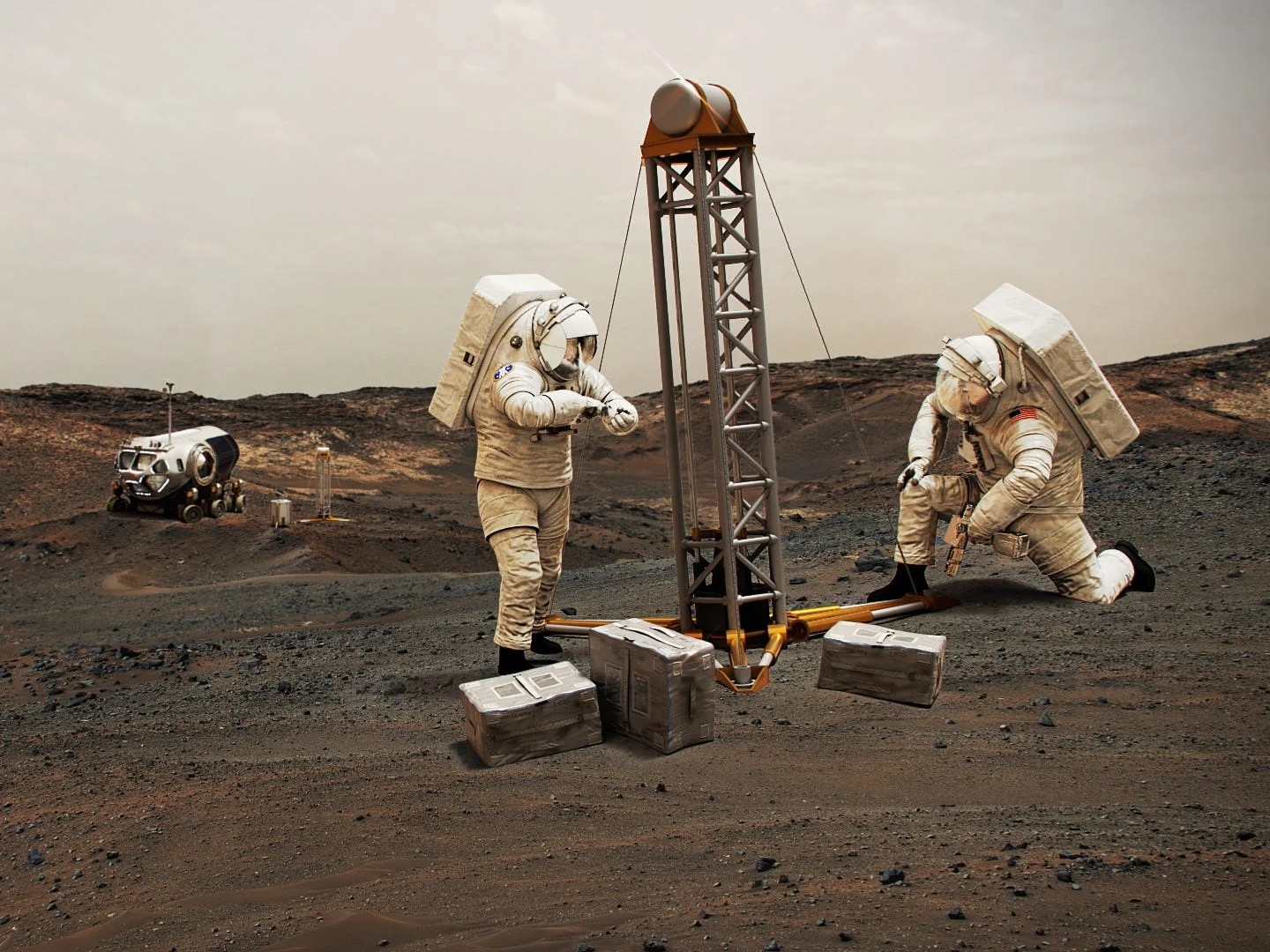
Science-based landing sites
Jim Head, a noted planetary researcher at Brown University, was a member of the Tiger Team report group.
"NASA is currently updating the objectives for the Moon-to-Mars initiative with the strategy of 'architect from the right/execute from the left,'" Head said. That translates into, he added, "work backwards from the defined goal to establish the complete set of elements that will be required for success. Execute development of all elements in regular fashion, integrating as you move right according to the established architecture."
Head said that the MEPAG Tiger Team report was designed to be a part of NASA strategy, in that the group considered things like the optimum science-based Mars landing sites, the types of activities and stay-times required to accomplish goals and objectives, and potential robotic partnerships.
"These types of considerations provide significant insights into feed-forward for the lunar component of NASA's Moon-to-Mars initiative, the Artemis phase," Head said.
Real-time interaction and adaptability
Mars holds many clues to early solar system history and how terrestrial planets sustain habitats and life, said Bethany Ehlmann, a member the Tiger Team report group. She is a professor of planetary science at the California Institute of Technology (Caltech) and director of the Keck Institute for Space Studies in Pasadena, California.
For many types of geologic science, especially those involving lots of interaction with terrain like sample collection or deep coring, Ehlmann said that human capabilities are "uniquely enabling" because of real-time interaction and adaptability.
"Humans on an EVA activity can accomplish in a few hours data acquisitions and sample collections that have taken rovers years," Ehlmann told Space.com. "With NASA's Moon-Mars initiative underway, it is important to think about what supporting instruments and technologies need to be developed now to equip our astronauts for doing outstanding science at Mars."
Ehlmann flags the reference missions called out in the study report that exemplify a range of possibilities, like astronauts investigating icy locales, accessing cliffs, exploring higher altitudes on Mars or having expeditions investigate caves.
Those example cases underscore how individual, specific missions can achieve high-value science.
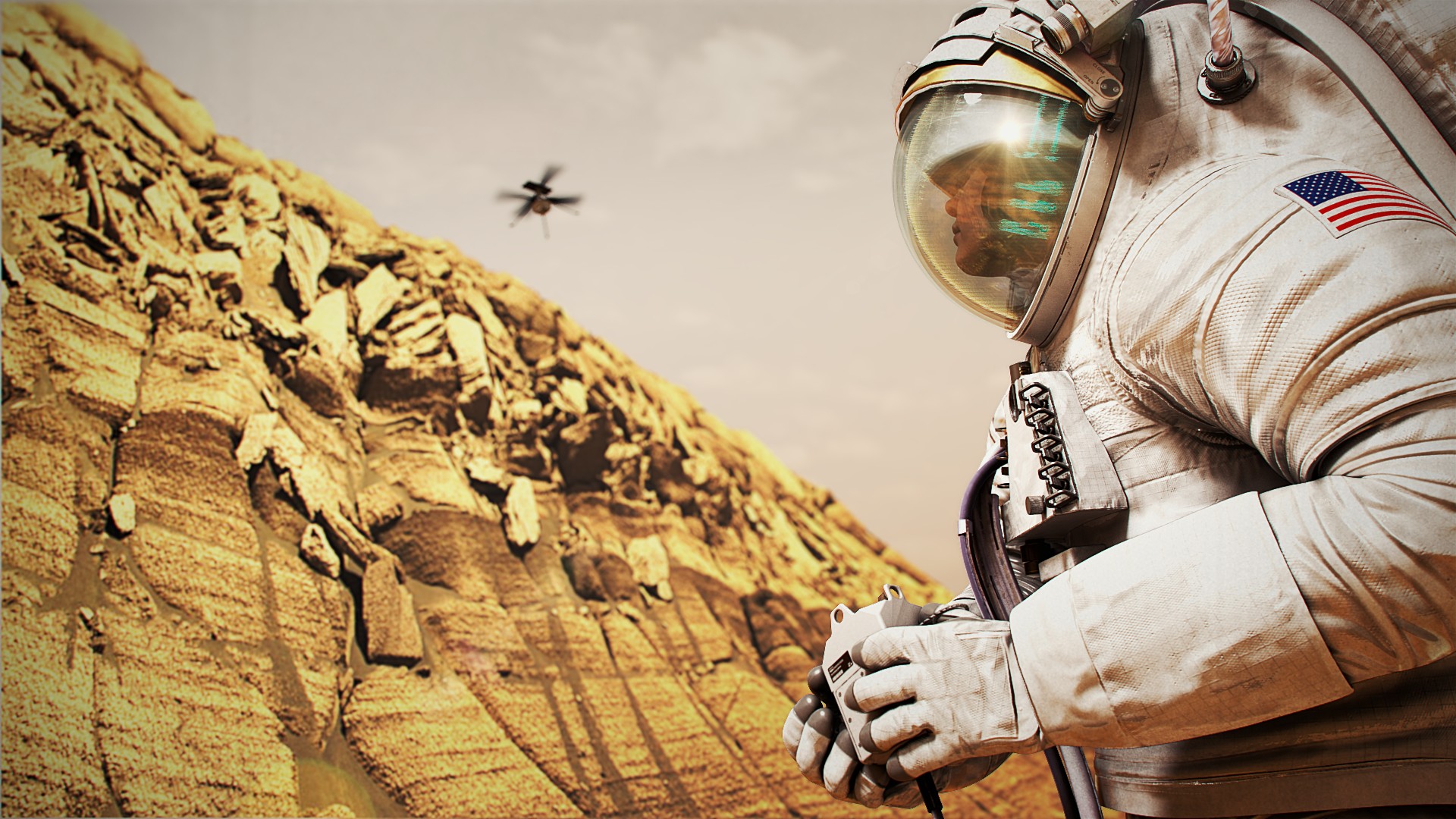
Catalyze discussion
Jakosky as the Tiger Team chair notes that the list of cases called out in the report do not represent all potential missions, but "should serve to catalyze discussions within and between the science and exploration communities."
Missions suggested included projected astronaut treks to Utopia Planitia, Valles Marineris, as well as Cerberus Fossae.
"Any landing site is going to provide spectacular science results. I think that's clear," Jakosky said. "Mars is a very diverse, geologically complex planet. One site isn't going to tell us everything we want to know about Mars."
One scenario involves crews going au naturel on Mars. That is subsurface study of natural caves — with many Mars caves already previously spotted.
There's need to characterize the habitability conditions of a cave environment, be it the availability of water, energy sources and chemical potential. But also to determine if signatures of life are present in the cave environment, the report adds.
Human explorers could land near a target cave and remain within the habitat for much or most of the mission. They would teleoperate sample retrieving robots deployed to a cave floor. Doing so would eliminate the operations time lag compared to running a robotic investigation from Earth, "a multiple orders of magnitude decrease in decision time," says the report.
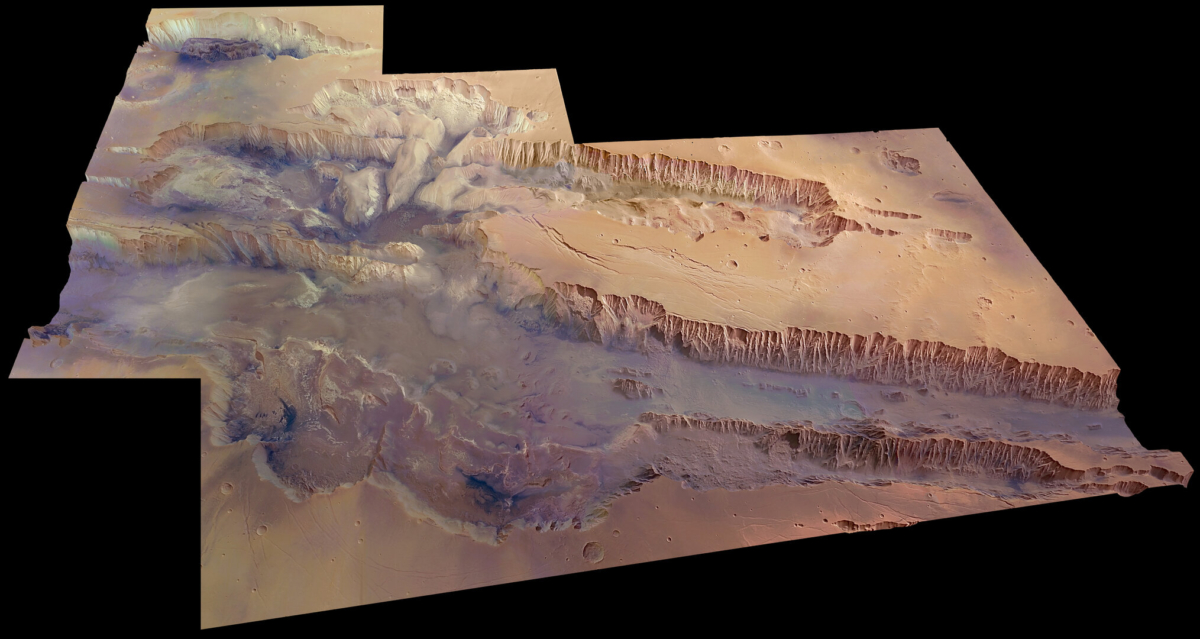
Why humans on Mars?
The report spells out how humans can advance a valuable palette of science objectives at the Red Planet. Clearly, crews can conduct on-the-spot field measurements, execute local area mapping, and gain, below their boots, subsurface access.
Selection of the highest value samples for return from the surface, subsurface, and atmosphere and getting those specimens into labs on Earth is crucial, the report explains.
First of all, explorers on Mars can emplace local and regional networks of info-gathering devices to capture processes operating on Mars during and between missions.
From orbit or on the surface of Mars, teleoperating robotic assets as precursors to human struts across Mars can probe sites out-of-reach of a human landing site, or to assess a rich diversity of terrains and habitats.
Back here on Earth, there's need for ground controllers to operate the infrastructure needed to ensure human safety and efficient operations at Mars. It's also vital to loop in the enhanced capabilities for doing science thanks to teams of on-the-Earth specialists.
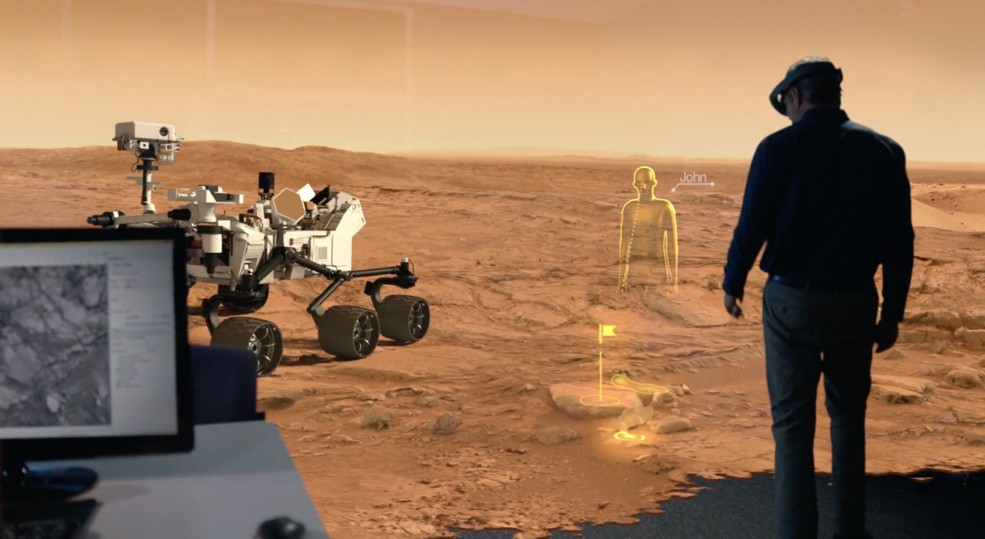
High-priority science
One key signal from the study is site selection to do science with humans at Mars.
"Given the complexity of Mars' evolutionary history and the tremendous diversity of environments on Mars, no single site can address all of the high-priority science goals," the report stresses.
A central study finding is that vital science can be accomplished by humans on Mars "that would be much harder or impossible to do with robotic spacecraft; the capabilities of human missions have the potential to change both the objectives and the priorities — and can definitely accelerate the pace — for Mars scientific exploration."
As for science work on Mars, the Tiger Team flagged a trio of high-level objectives:
- Astrobiology - Determine if life ever developed on Mars and the nature of habitability;
- Climate and volatiles – Unravel the processes and history of water and climate change on Mars; and
- Geology/Geophysics/Geochemistry - Understand the physical record of planetary evolution from planetary formation until today and the processes driving the evolution of the surface, crust, and interior of Mars
"What sets Mars apart from the rest of the solar system is the potential for life, the history of water, and the nature of the geological processes and similarities to Earth," said Jakosky. "Secondly, it is the relative closeness of Mars and the relative ease with which we can explore it," he said.
Community input
Very familiar with the report findings is Scott Hubbard, a former director of the NASA Ames Research Center, now an affiliate in the Department of Aeronautics and Astronautics at Stanford University.
Hubbard served as NASA's first Mars exploration program director in 2000, earning him the title of "Mars Czar" as he restructured the space agency's Mars program in the wake of several failures to explore the planet.
In Hubbard's view, the MEPAG Tiger Team report is an "excellent example of science objectives-based human exploration goals for Mars," Hubbard told Space.com.
Hubbard said it is his hope that both NASA and the forthcoming National Academies study will utilize the Tiger Team report as "important community input."
The full text of the "Report Of MEPAG Tiger Team On Mars Human-Mission Science Objectives" can be read online.







